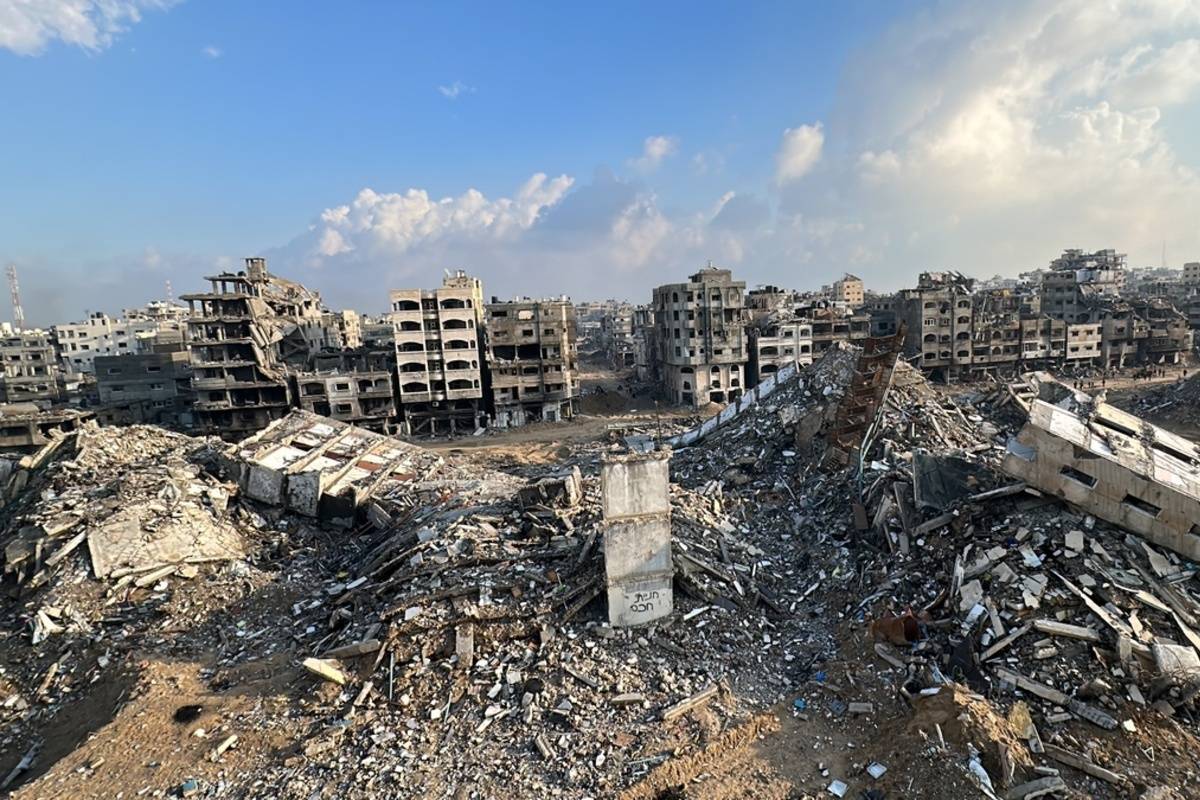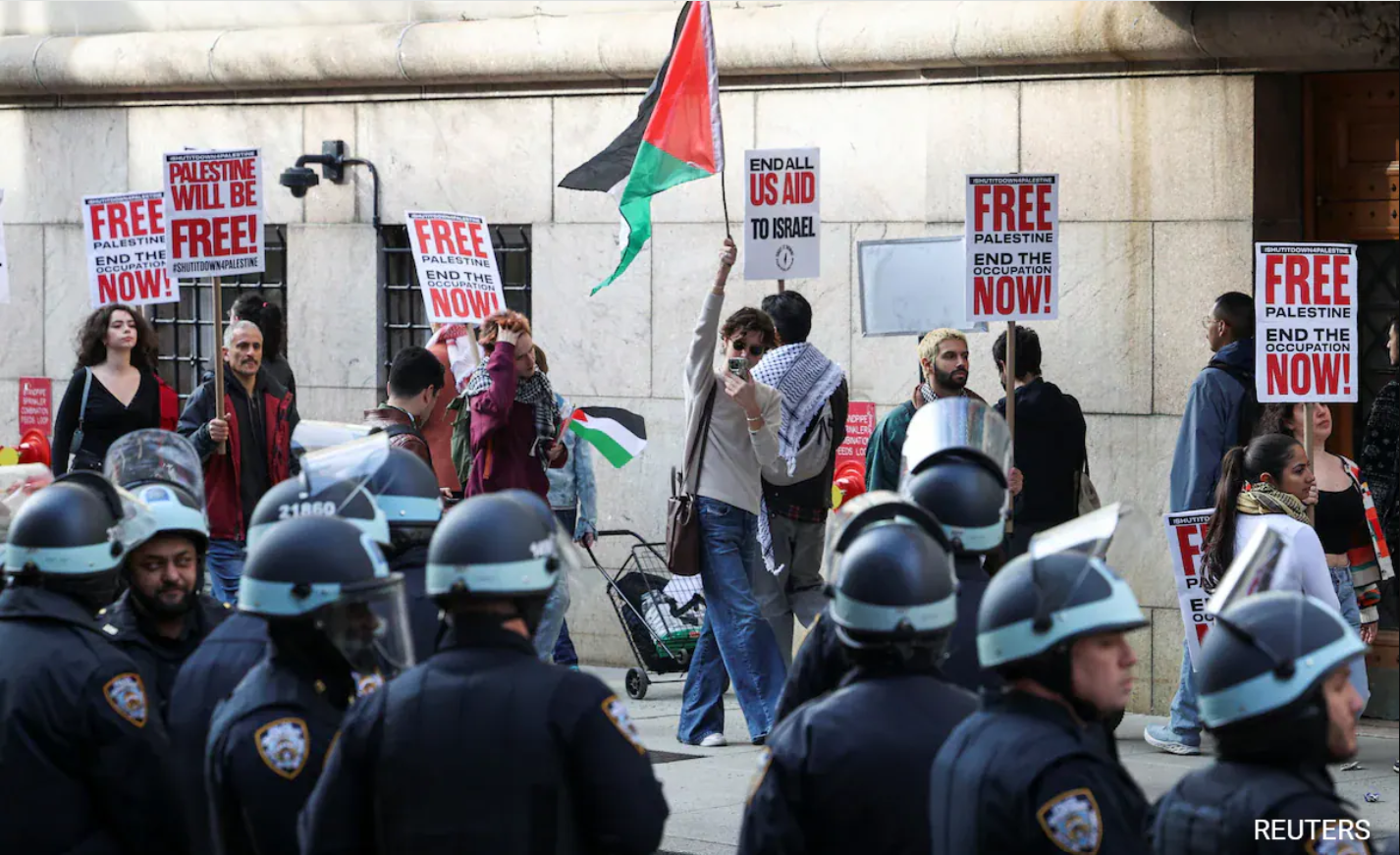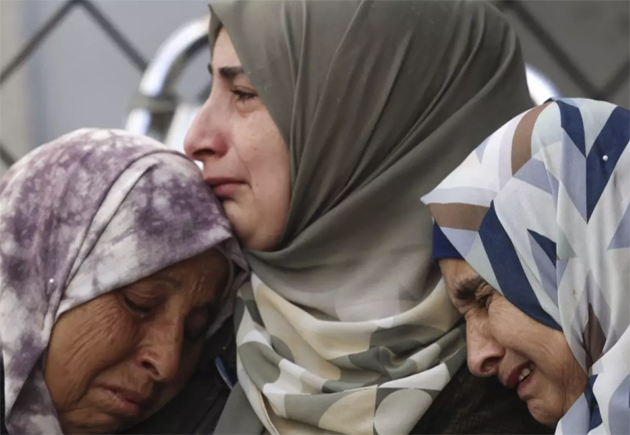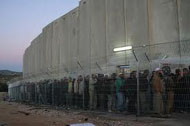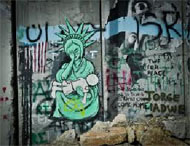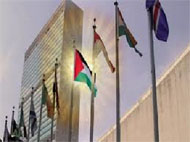
Having lived in Palestine for a few months now, I was starting to feel like I was finally getting down the details of the occupation that I wasn’t able to grasp from my readings on the conflict. After all, I have Palestinian friends who can’t come visit me in Jerusalem because they don’t have permits; I cross the Qalandia checkpoint like thousands of Palestinians who have to do the same on a daily basis; I’ve visited the “ghost city” of Hebron, witnessed settler attacks on Palestinians and more. I really thought I understood the tangible ramifications of the Israeli occupation on the lives of Palestinians until last Sunday, when I visited the Jordan Valley. The depth of the occupation I saw there was far deeper than the denial of personal and political freedom. Rather, it was the denial of the mere existence of a people in a system designed to dehumanize and deny Palestinians basic human dignity.
The Jordan Valley is 30% of the West Bank and inhabited by around 55,000 Palestinians, 42% of whom depend on agriculture or animal husbandry for their livelihood. Most of the Palestinian Bedouins in the Valley are refugees from the 1948 war who fled their villages in the Negev Desert. While some came to the Jordan Valley during the Nakba, others were forcefully relocated to the Valley from other places in the West Bank after the 1967 war. It was not until the Oslo agreement though that 95% of the Valley was characterized as Area C i.e. under Israeli military control – and became virtually inaccessible to Palestinians. Though the Palestinian Bedouins have lived in the area, worked the land and grazed their animals for decades, Israel has claimed much of their land as “state land” and has been handing it out to Jewish agricultural settlers and closing it off as “firing zones”. As a result, thousands of the Palestinians Bedouins in the area live in “unrecognized villages”.
As a result, 98.3% of Palestinians there have lost their agricultural production capacity due to Israeli restrictions, costing the Palestinian economy around $1billion. 49% of the Palestinians do not have access to water and the Palestinian Bedouins spend around 40% of their household income on water. These are facts and figures of the Jordan Valley but behind these facts and figures are thousands of people for whom these numbers represent a daily reality.
The 1,000 people in the village of Ras al-Auja are the perfect example. The elders of the village told us that they are 1948 refugees from Lasayfer village in the Negev. Before being relocated to the Jordan Valley in 1969, they were living in South Hebron Hills as refugees. Today, Ras al-Auja is a small Bedouin community that lives on cattle herding in temporary, tent-like structures without access to water or electricity. The spring water they used to rely on is now channeled to the neighboring agricultural settlement of Yitav, leaving them almost no water from that source. They now have to travel a few kilometers away to buy 35 tanks of water per day, at a price of 80NIS/tank. Unlike the Yitav settlers nearby who only need to turn on a switch to get electricity, the people in Ras al-Auja depend on expensive gasoline to run their generator and can do so for only a few hours a day. They can’t build permanent structures and their village is under constant threat of demolition. Further, they don’t have health centers or schools and have to walk several kilometers to access such facilities. Israel won’t provide them with these basic services but neither will it allow the PA to do so.
One could pass off the scene in the Jordan Valley as sad and unfortunate if it were somewhere else in the world. After all, there are millions in the world who do not have access to water, land, and secure livelihoods or shelter. But this is more than sad; it is outrageous because it is not the lack of resources or capacity, but a blatant Israeli policy of segregation, racism and deprivation that’s behind the injustice in the Jordan Valley. Even more outrageous is the fact that Israel is not only turning a blind eye to the situation, it is the creator of this situation and is now actively perpetuating it.
Unable to cultivate their land and graze their cattle, the people in the Ras al-Auja village, sometimes find employment in the agricultural settlements around them. Just like Moses’ mother was employed to take care of her own child in the Pharaoh’s Palace, the Palestinians work on the lands that used to be theirs, water the plants from the spring they once drank from and package products labeled “Made in Israel” in place of “Made in Palestine”. For all their hard work, they get three times less than the minimum wage in Israel or what the Thai workers in the same agricultural fields are paid, while their settler employees make millions of dollars in revenue.
There is a perfect explanation for this. Apparently for Israel, the Palestinians in the Jordan Valley do not exist. When Israel writes people off as “unrecognized” and denies their mere existence, it’s more than infringing on their freedom. It is reducing them to something less than human. And that’s what occupation in the Jordan Valley means for thousands of Palestinians: infrahumanization by the “democratic” state of Israel.
Melkam Lidet is a Writer for the Media and Information Department at the Palestinian Initiative for the Promotion of Global Dialogue and Democracy (MIFTAH). She can be contacted at mid@miftah.org.




